75 years ago today, several American airmen were murdered in a Bohemian field in Czechoslovakia. These fighter pilots fighting against Nazis had safely crash landed and were sitting on the wing of their plane handing out food and cigarettes when they were picked up. Today you will learn the unknown story of these American airmen killed in Czechoslovakia on December 9, 1944.
The story of the crew of the US B-17G Flying Fortress, serial number 42-97739 began on December 9, 1944 at the air base of the 2nd Bomber Group 15th Air Force USASF in southern Amandola, Italy, shortly after seven in the morning.
The provided excerpt offers just a glimpse into the extensive article. To unlock the full content, become a Patreon patron. Our team meticulously gathers and curates valuable information, sparing you hours, days, or even months of research elsewhere. Our goal is to streamline your access to the best of our cultural heritage. However, a portion of the content is locked behind a Patreon subscription to help sustain our operations and ensure the continued quality of over 1,200 pages of our work.
Alternatively, you can contribute through Venmo, PayPal, or by sending cash, checks, money orders. Additionally, buying Kytka’s books is another way to show your support.
Your contribution is indispensable in sustaining our efforts and allows us to continue sharing our rich cultural heritage with you. Remember, your subscriptions and donations are vital to our continued existence.



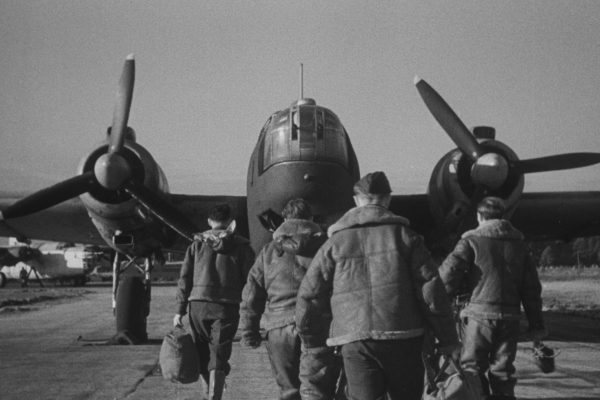
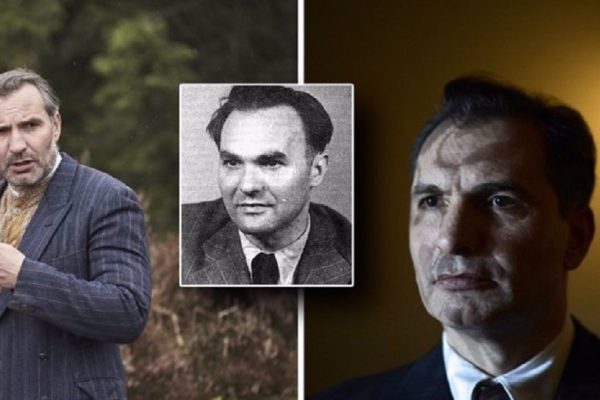
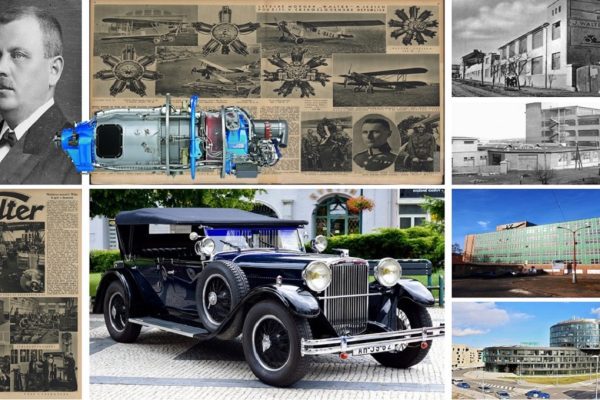








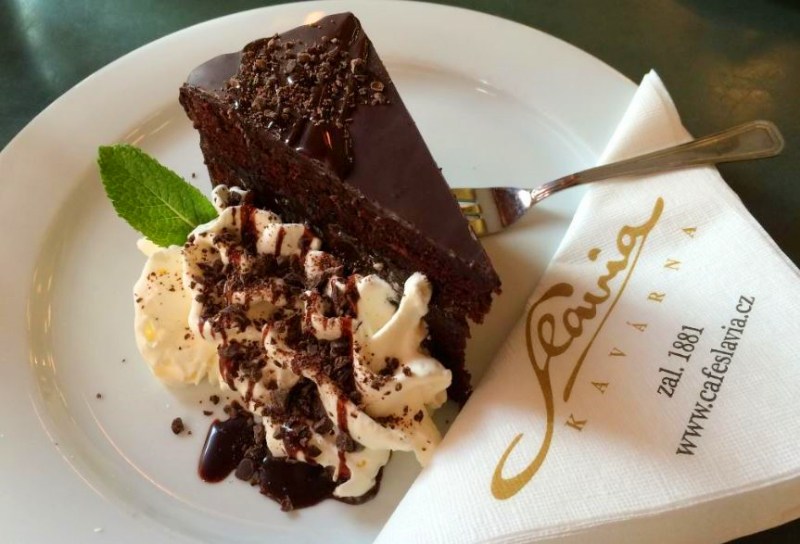



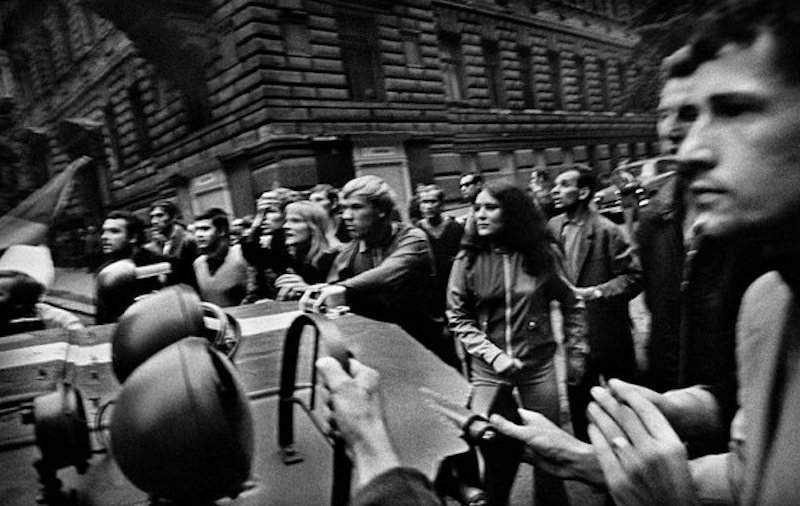
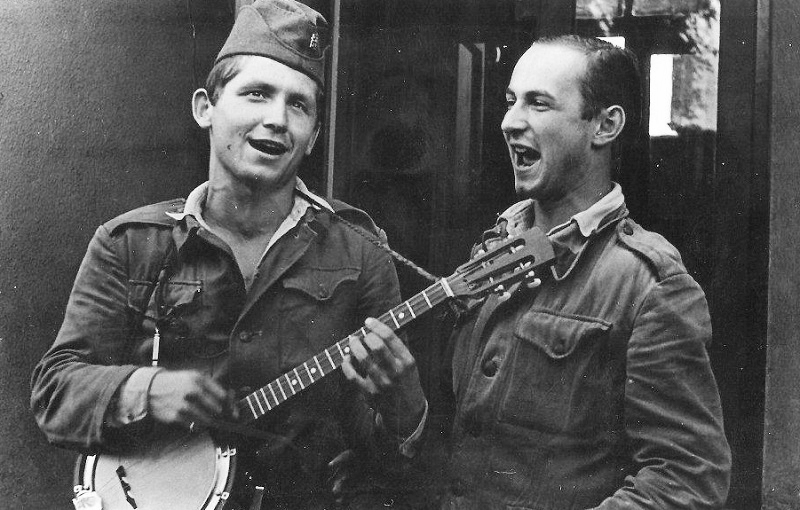
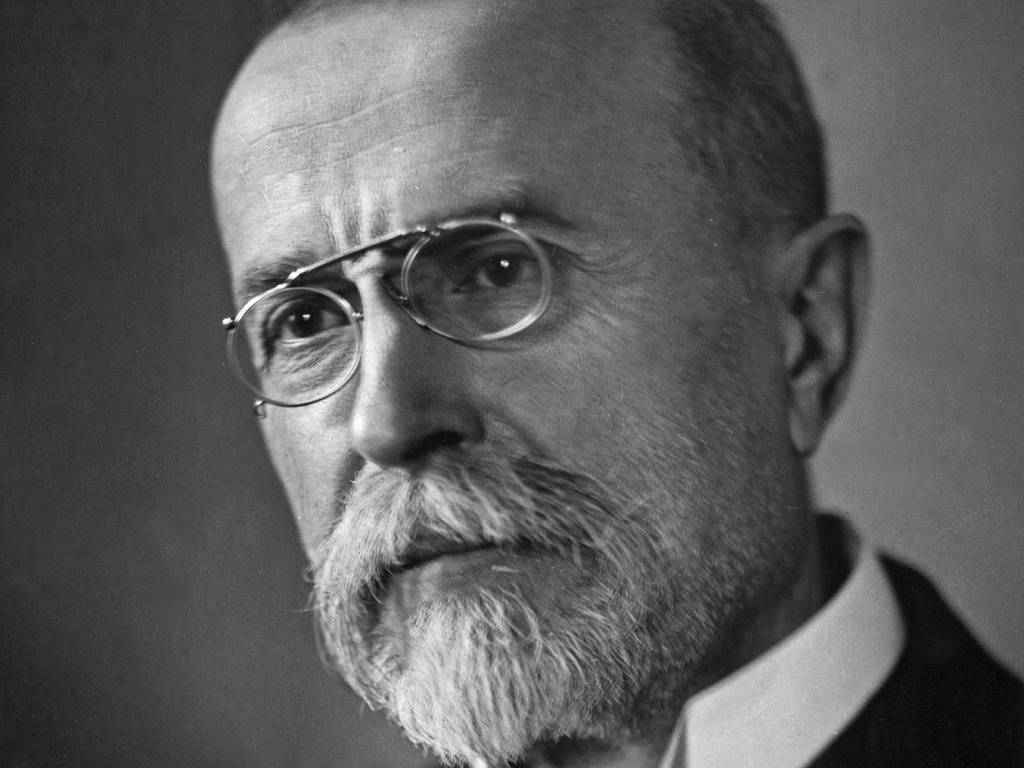
Thank you for all this research. My name is Spencer Mayott, George Mayott was my grandfather’s brother. The story of great uncle George being shot down and killed by Nazis during the war has been passed down through my family, and I had done some of my own research into it, but there’s so much more info in this article I never knew, like that there are memorials in the actual location he and his fellow airmen were killed. This really is amazing. One day I want to visit these locations.
WOW! Hi, Spencer. Isn’t this wonderful information to find? Did you share it with your Grandpa (Uncle Al)? I found it last year, after one of our cousins had been doing a bunch of Ancestry searching and connected with a relative of Woodruff, Dave Andre. Nancy Waterman was the cousin who connected (Uncle Al had a sister, Bea and Nancy Waterman is Aunt Bea’s step grand-daughter.). I have shivers right now, thinking about it all. Were you able to watch the video of the news clip of the actual trial??? That is amazing! I so wish we could find a relative of Josef Pusch. After finding all of this information last year, COVID hit us and my research stopped because I was inundated with long hours at work relative to COVID and getting ready to retire. I just retired February 1st and starting looking information up again, and pulled this article up again – and saw your post from a couple of months ago – WOW. It truly amazes me that this village and people erected a memorial to them and have an event honoring them every year. How wonderful of them to do this – sooo wish I could connect with someone involved. Nancy (I am Nancy Clarke-Jones, Aunt Charlotte’s oldest daughter from Dunkirk.) I have a Mayott Facebook group. If you are not connected, I will send you a friend request.
Hi there! I learned so much from this post. Thanks a lot!|
A tragic loss of the brave young airmen. May they all rest in peace. My daddy died in that war and not a day goes by that I don’t miss him and wish I had a chance to have spent more time with him.
A tragic part of our history.
We lost so many boys in that damned war. Now it looks like we may be headed for war once again. Won’t humans ever learn?
Many thanks for sharing this history. This website is something that’s needed on the web, someone with a bit of originality who is passionate sharing important stories of our past.
Amazing clip to finally find. Our family member was Col. Raymond E. Zickel who was part of the war tribunal. Apart from the Strasser Trial, we believe he was also part of the Dachau trials. Hopefully we all can learn from this and carry those lessons one; compassion for all of humanity is a must. There is no space for hatred. May the future learn from the past horrors of WWII.